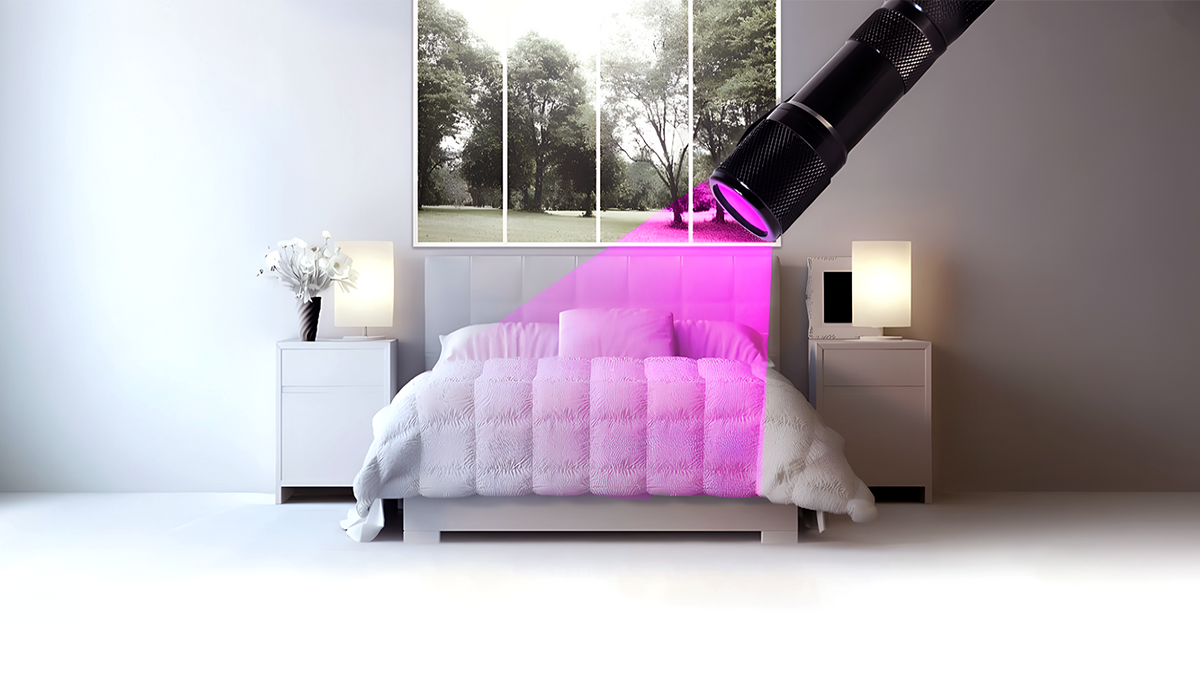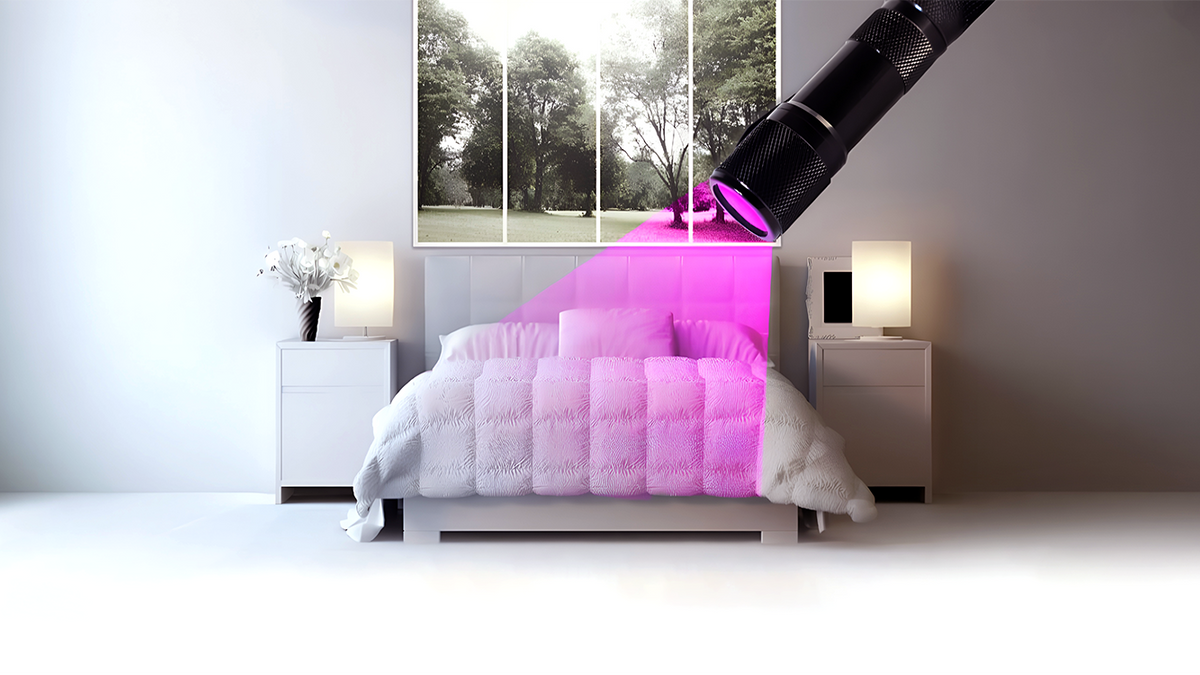What is Diatomaceous Earth? An Examination of Ancient Fossils for Modern Uses
Published on July 15, 2015 by Alana Korol

Imagine calling upon the power of creatures who lived millions of years ago to help defeat some of modern man's most annoying pest infestations. However, this is far more of a reality than a fantasy, thanks to the discovery of diatomaceous earth or DE. Whether you're suffering from bed bugs, fleas, or cockroaches, diatomaceous earth may be one of the most effective natural pest control methods. While this is common knowledge within the pest control industry, many consumers need to know what this product is and how it eliminates pests.
What is Diatomaceous Earth? A General Overview
In the most fundamental sense, Diatomaceous Earth is the fossilized remains of a microscopic organism known as diatoms. These single-cell creatures are related to phytoplankton but most closely resemble algae. As these creatures flourished, they began to form unique formations in the shape of ribbons, fans, zigzags, or stars. As these single-cell organisms died and were implanted on the seafloor, they began the long fossilization process. Due to its unique cellular structure, which was made of transparent silicon dioxide, the shape and structure of these organisms remained intact.
In modern society, the silica deposits left by these organisms are mined throughout oceans, rivers, lakes, and streams. But why are these fossilized deposits so unique? While roughly 26 percent of the Earth's crust is made out of silica, this compound alone cannot produce the desired pest-control effects.
However, silicon dioxide compounds are another story. Because this compound is not naturally found, it must be mined from deposits to collect it.
Although this compound has been studied and utilized for various purposes for years, its first use as a registered pest control product wasn't until 1960. Since then, its use has spread worldwide as one of the safest, most effective means of naturally eliminating various pest issues.
What Products Use Diatomaceous Earth?
Throughout the past several decades, the use of DE has reached nearly every product. In fact, over 150 different products utilize diatomaceous earth in some fashion. While most products with this compound are solid dust, there are unique formulations where DE is used in pressurized liquids and wettable powders. Outside of the pest control industry, where DE is registered to be an effective treatment for bed bugs, fleas, ticks, spiders, and crickets, many non-pesticide products utilize DE.
Products such as toothpaste, beverages, medicines, paints, water filters, and certain foods call upon diatomaceous earth, primarily as an anti-clumping material. While pest control DE can be harmful if consumed in large doses, "food-grade" DE is available. This form of diatomaceous earth must undergo a purification process to be safe for human external or internal use.
How Diatomaceous Earth Works Against Insects
Unlike most pesticides, which call upon the extermination power of toxic chemicals, diatomaceous earth is not toxic or poisonous. For it to be effective against insects, it does not have to be consumed. Rather, the sharp, glass-like construction of these compounds enters the internal cavities of insects.
Immediately upon contact, DE begins to absorb the fats and oils from the cuticle of the insect exoskeleton. Because of its abrasive texture, absorption occurs at a rapid pace. In the most basic sense, the diatomaceous earth severely dehydrates insects from the inside out, which results in death. For DE to remain effective within its application areas, it must remain dry. Unlike most pesticides, which call upon the extermination power of toxic chemicals, diatomaceous earth is not harmful or poisonous. In order for it to be effective against insects, it does not have to be consumed. Instead, these compounds' sharp, glass-like construction enters the internal cavities of insects.
Immediately upon contact, DE begins to absorb the fats and oils from the cuticle of the insect exoskeleton. Because of its abrasive texture, absorption occurs at a rapid pace. In the most basic sense, the diatomaceous earth severely dehydrates insects from the inside out, which results in death. For DE to remain effective within its application areas, it must remain dry.
Diatomaceous Earth | Concerns and Considerations
Although this compound is not poisonous, it can irritate your skin or respiratory airways if its instructions are not carefully followed. Because of its microscopic nature, the biggest concern is accidental inhalation. To prevent this from occurring, it's best to wear a face mask during the initial application. Because of its abrasive nature, if the dust gets in the eyes, it can irritate. Therefore, it may be wise to wear goggles. While its drying action can cause skin irritation, washing any exposed skin with water can prevent extreme irritation or dryness.
Should you accidentally swallow diatomaceous earth, you shouldn't be too concerned. Even if a large amount of this compound is internally consumed, very little is absorbed by the body. Although crystalline diatomaceous earth can accumulate throughout your lymph nodes and lung tissue, most pesticide products use minimal amounts of crystalline DE.
Overall, diatomaceous earth is an exceptionally safe and effective means of controlling a wide array of pests. When compared to most commercially-produced pesticides, its safety, cost-effectiveness, and ease of use far outweigh any potential drawbacks.
Our natural, plant-based Bed Bug Patrol Killer Spray provides an all-natural solution to infestations of bed bugs, as well as fleas, spiders, and other common indoor bugs. Our 100% natural solution is made in the USA. It relies on the power of natural ingredients like citric acid, clove oil, and peppermint oil to naturally deter these bugs from living in your furnishings and upholstery. Just spray our solution on affected surfaces twice per day, and it will get to work on exterminating your bed bugs and preventing their return. To keep you safe from bed bugs on your travels, arm yourself with our Bed Bug Blasting Travel Spray, which comes in a handy, TSA-approved travel-size bottle for your convenience.
Hear From Our Founder, Bill Carlson.




